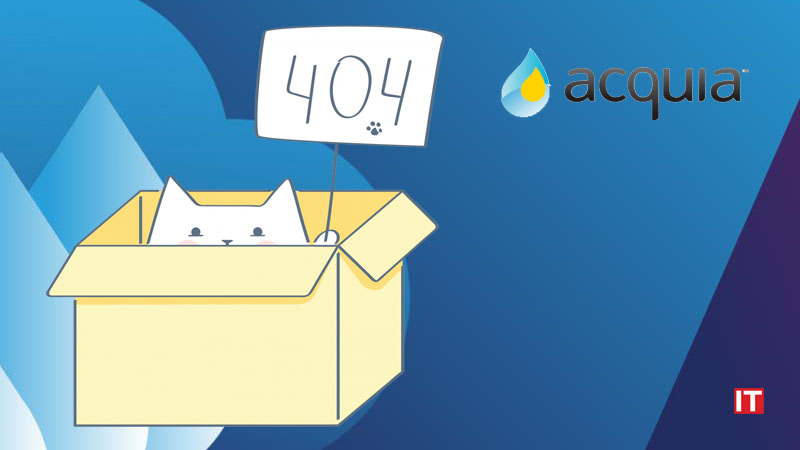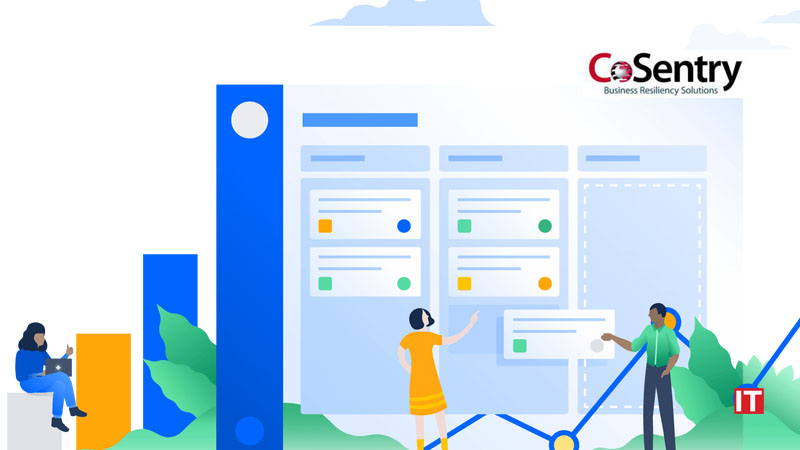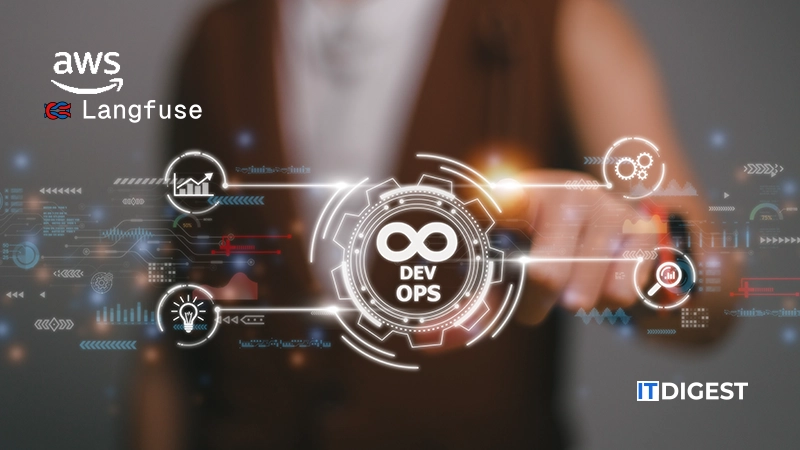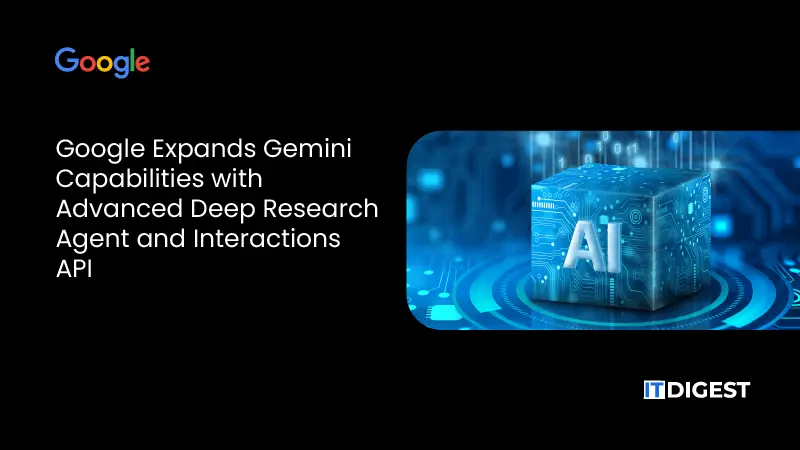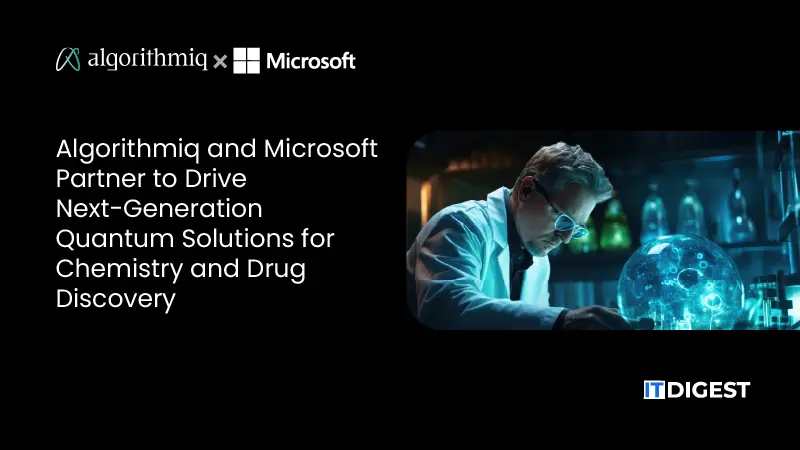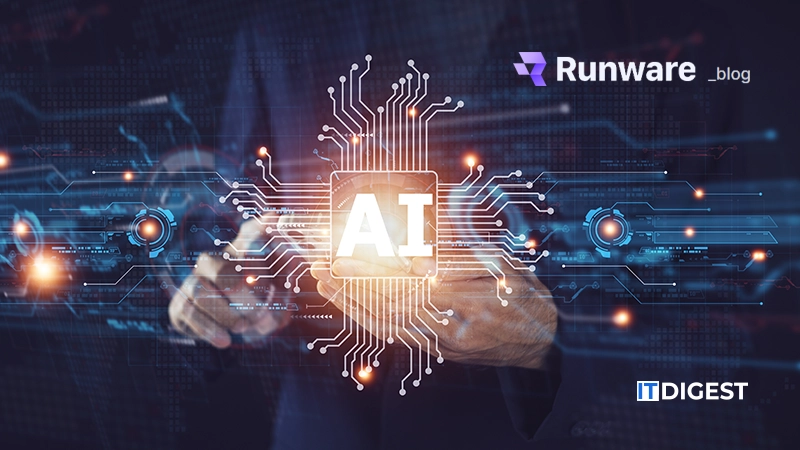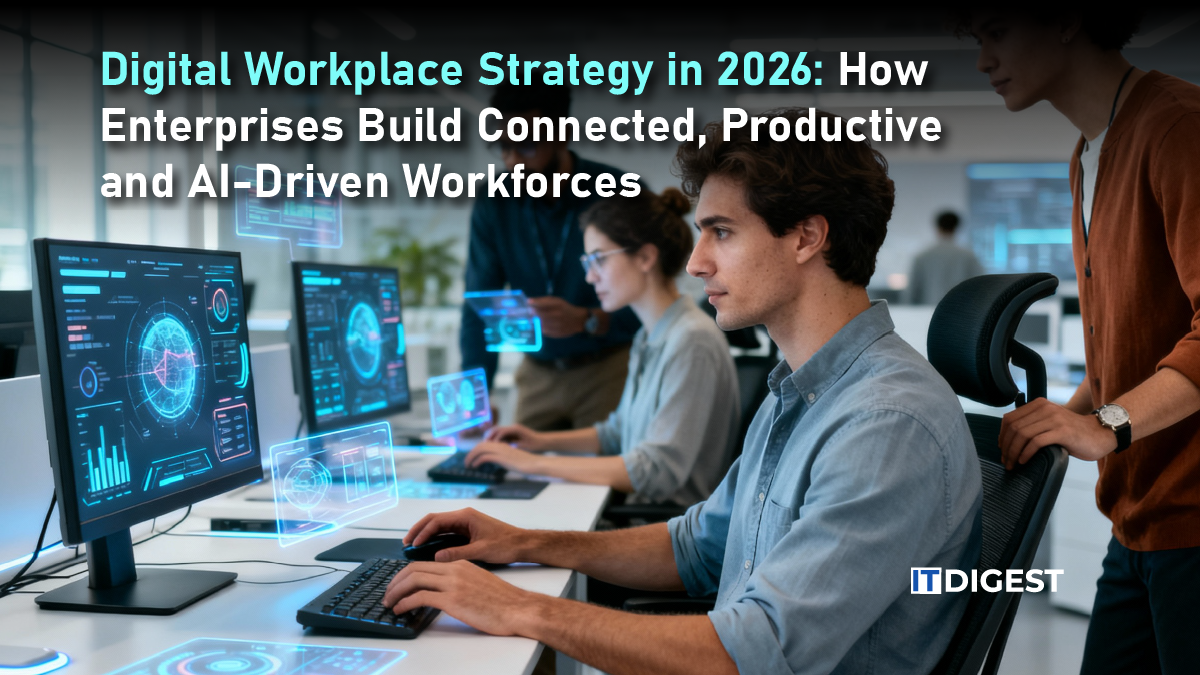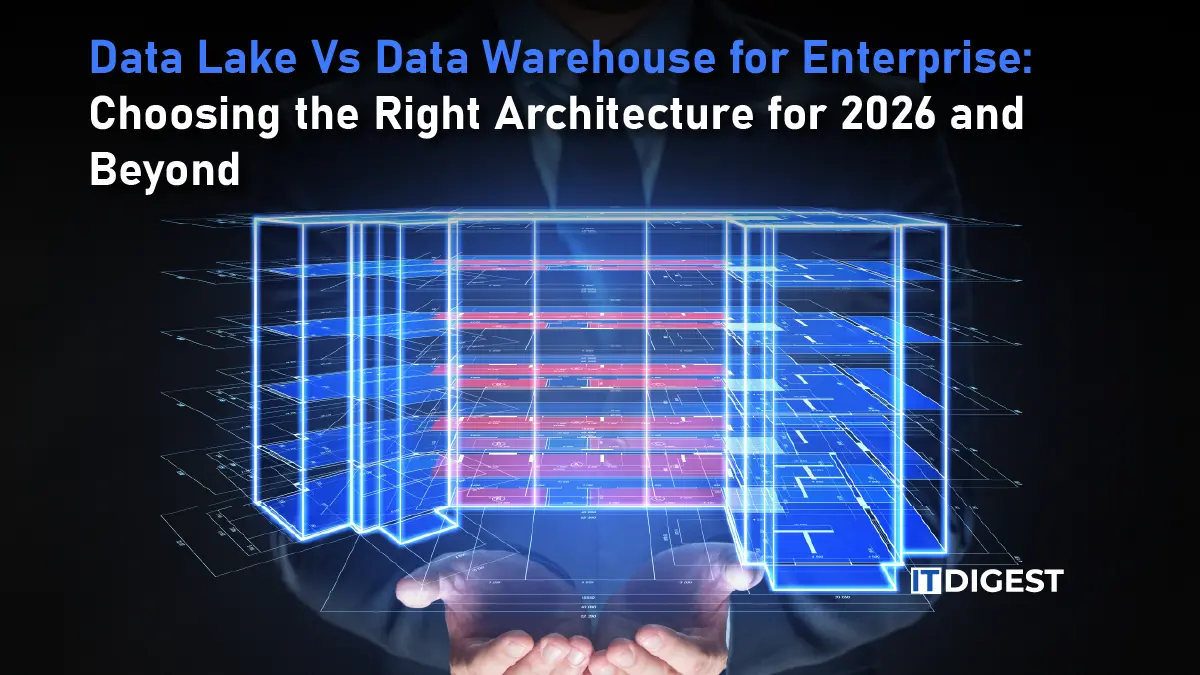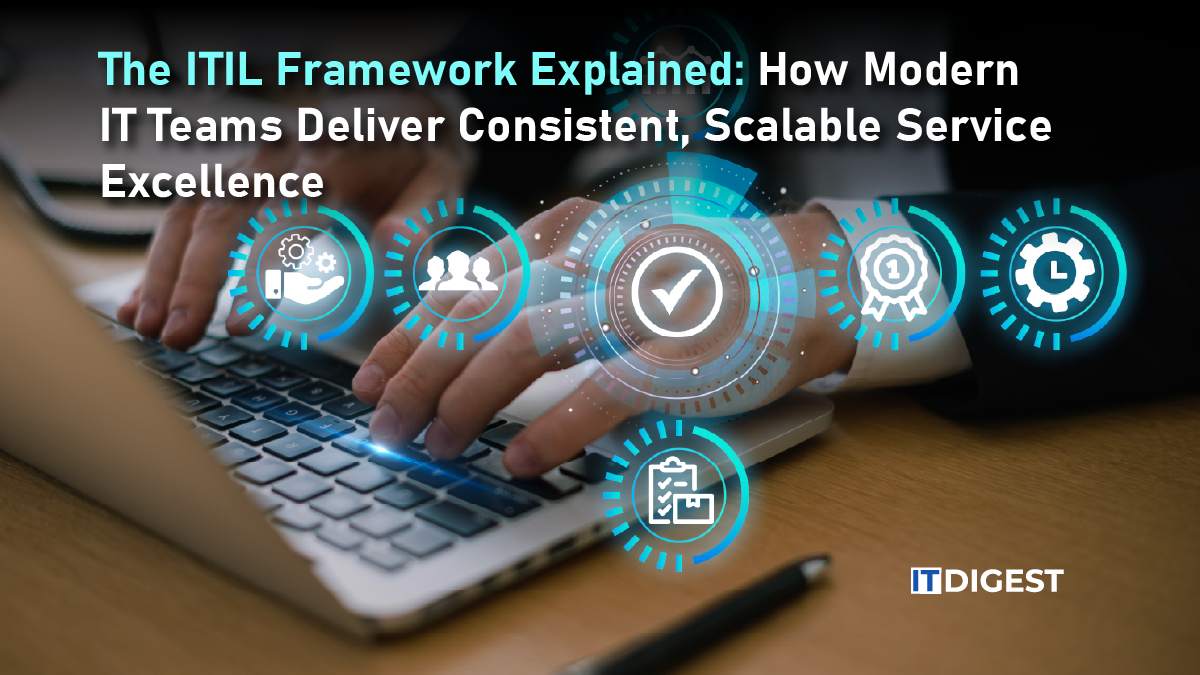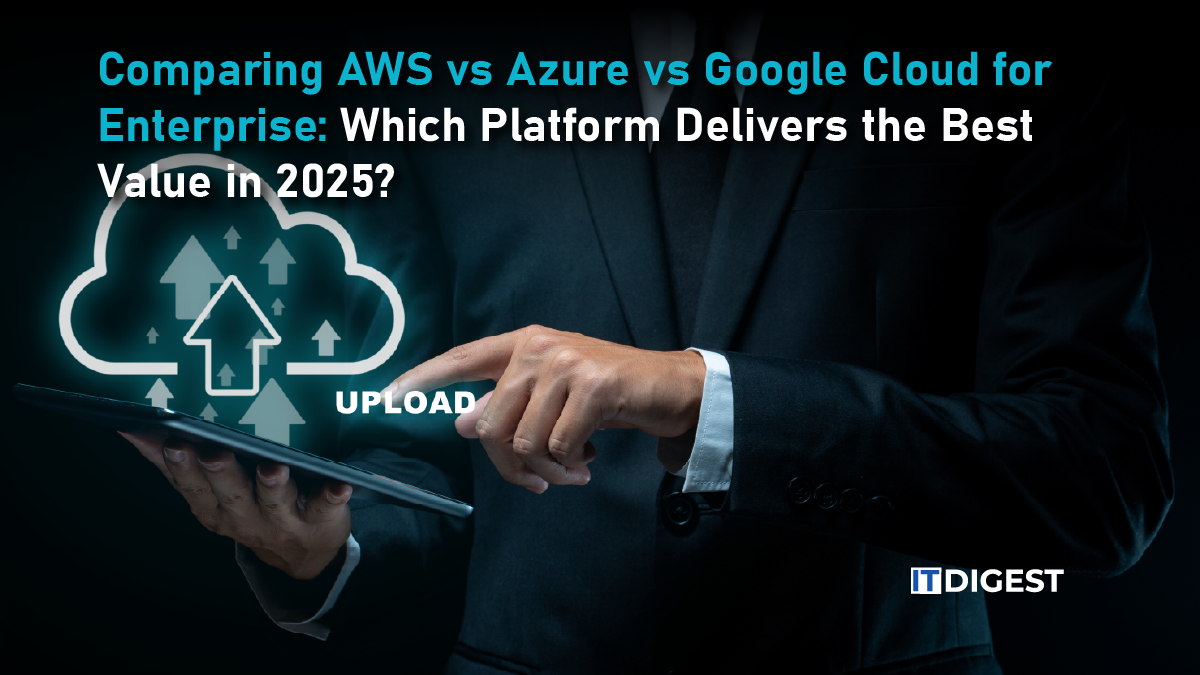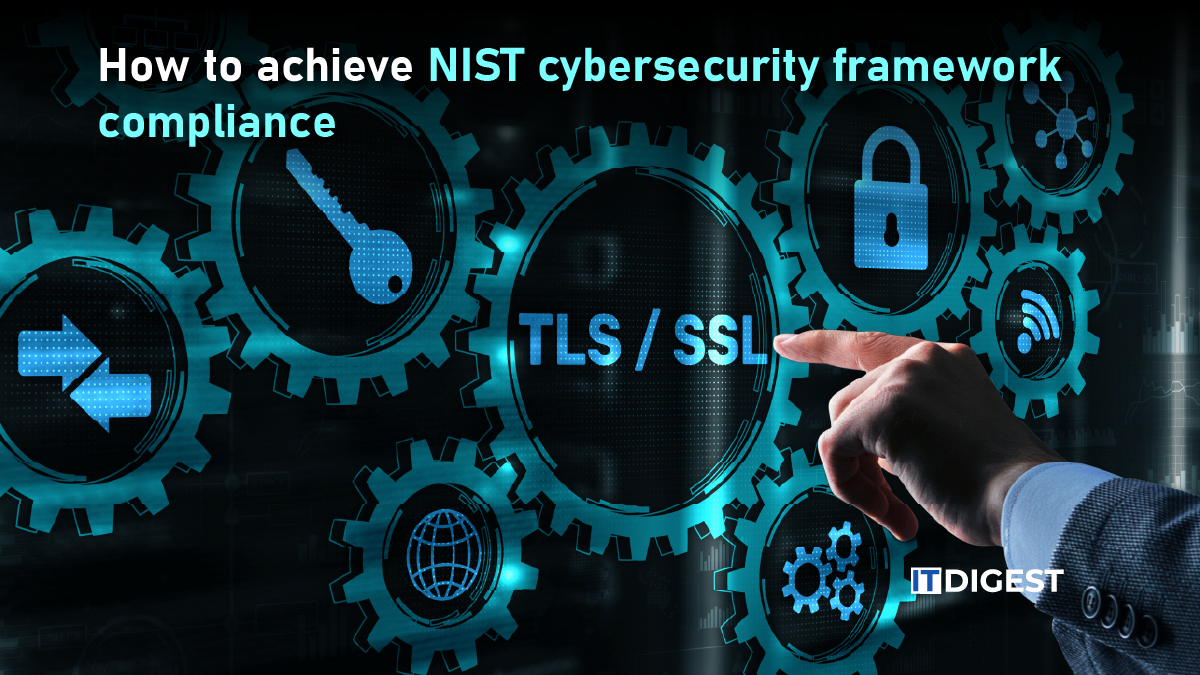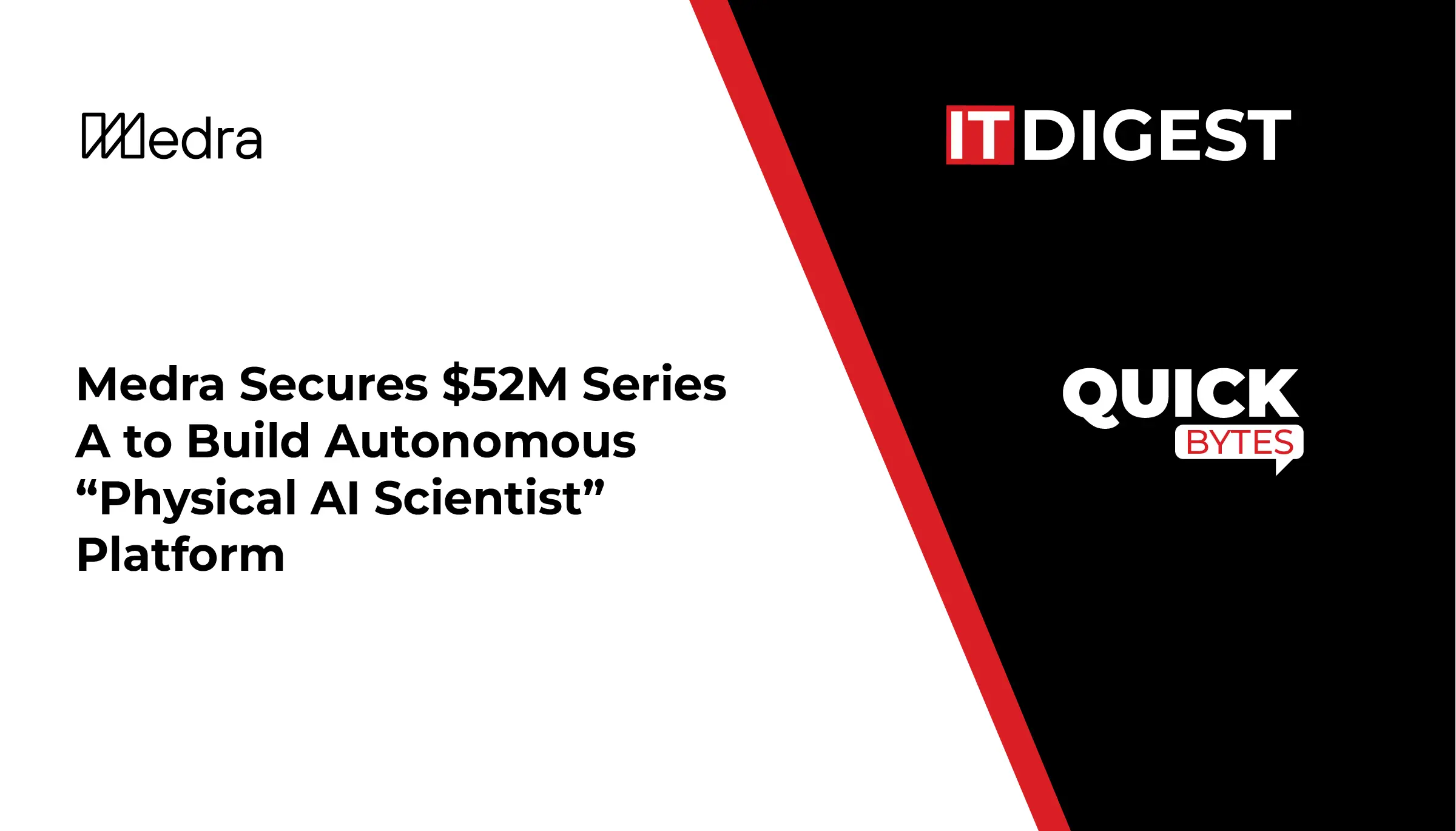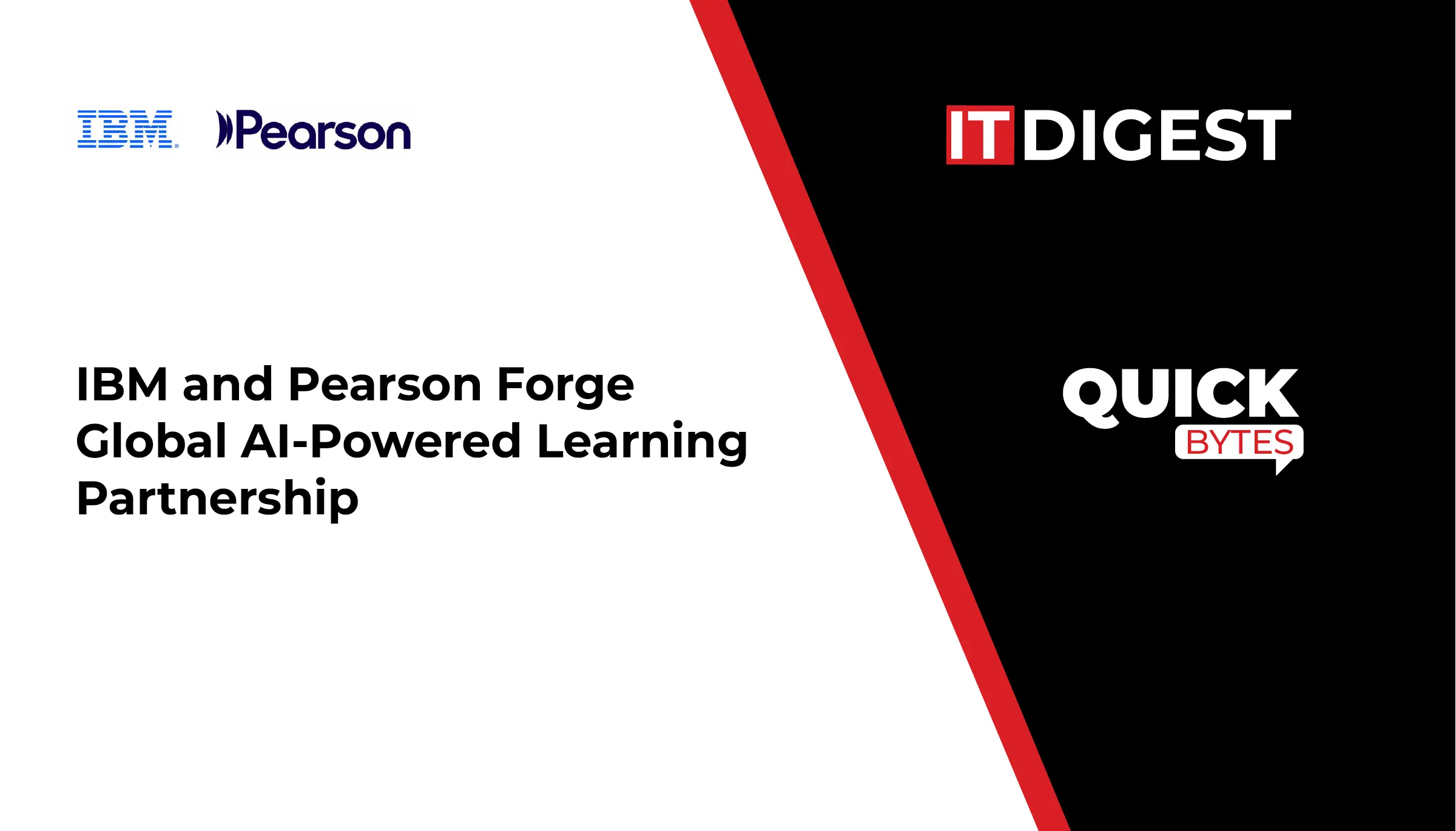Picture a smarter future. A world where machines aren’t passive tools but active partners that collaborate with us. It’s a vision that feels like something straight out of a sci-fi film. This isn’t just a fantasy. This is a natural result of the harmony between two transformative technologies: Artificial Intelligence (AI) and the Internet of Things (IoT). Together, they can turn this vision into reality.
But what exactly are AI and IoT, and why are they so crucial to this future? Artificial Intelligence is all about creating systems that can learn from past experience. AI systems can learn and do tasks that usually need human intelligence. They do not require any manual input. Think of them as smart systems that get better over time. Meanwhile, IoT is a network of devices that connects everyday devices through the Internet. IoT enables them to gather, share, and act on data in real-time. A recent study by Kaspersky indicates that 54% of companies have implemented AI and 51% have adopted IoT technologies in their business processes
In this blog, we will have a look at the benefits and use cases of AI and IoT across various industries.
The Benefits of Combining AI and IoT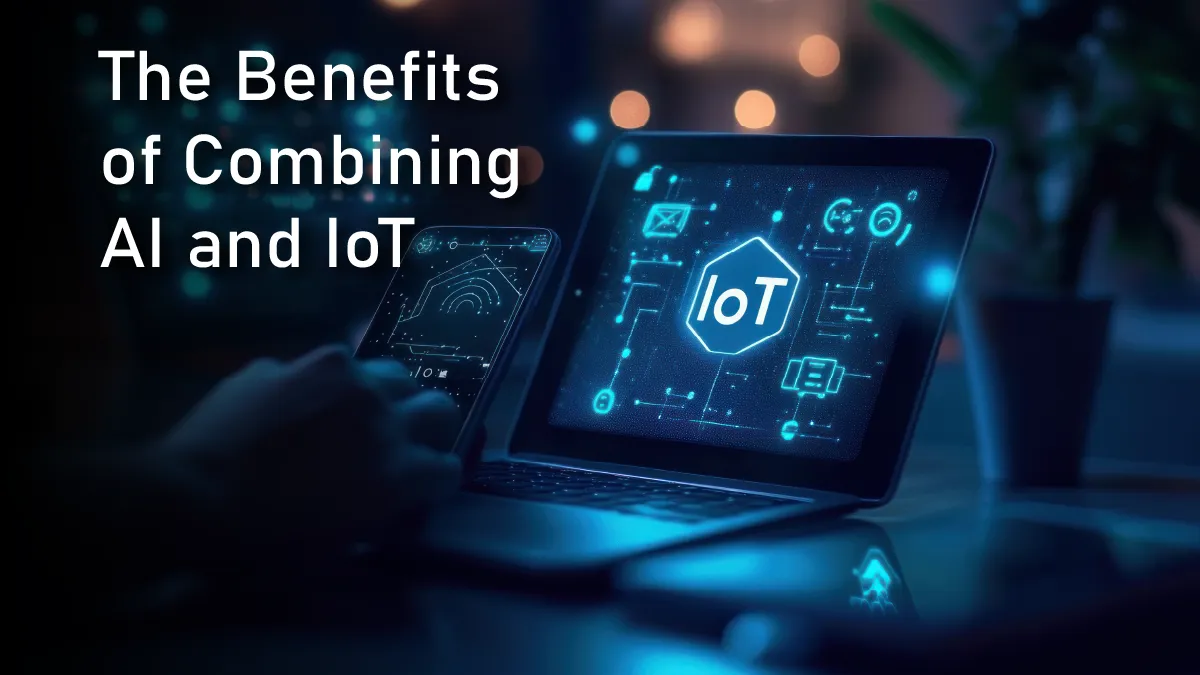
When these two technologies come together, they have the potential to create a powerful synergy. This synergy revolutionizes how technology works for humans. IoT devices gather data and send it to the cloud or other connected storage systems. AI acts as the intelligence that processes this data. This amalgamation of two technologies enables smart decisions and automates tasks.
Let’s explore five key benefits of this integration. These advantages reshape the way businesses operate and innovate with:
1. Innovation in Products and Services
The fusion of artificial intelligence and IoT opens the door to innovative products and services. Organizations can gain a competitive edge. Businesses can make informed decisions faster by analyzing and learning from data. Technologies such as NLP enable smooth communication between humans and machines. This leads to smarter, more efficient solutions. Consequently, companies can create unique offerings. This, in turn, drives growth and boosts customer satisfaction.
2. Enhanced Safety and Security
The combination of AI and the Internet of Things offers a safer workplace. It predicts and prevents potential hazards. Machine learning integrated into IoT systems helps organizations detect security threats and environmental risks in real time.
This approach allows businesses to take immediate action before incidents occur. With connected sensors and AI-driven alerts, companies can create a secure work environment. Enterprises can manage risks effectively and protect against cyber threats and financial losses.
3. Improved Operational Efficiency
Integrating AI into IoT systems significantly boosts operational efficiency. AI can quickly analyze and process vast amounts of data. It can then provide recommendations to boost productivity.
Companies investing in these technologies can identify inefficiencies. They can implement best practices to streamline their operations. Businesses that have adopted AI and machine learning have seen a positive ROI.
4. Enhanced Customer Experience
Combining AI with IoT isn’t just about improving internal processes. It is also about transforming how businesses interact with customers. These technologies allow companies to collect vast amounts of data. Information is the key to understanding customer preferences and needs effectively.
Businesses today need to respond to customer feedback in real time and deliver personalized products and services. By automating data analysis, organizations can respond more quickly and accurately. This approach is effective in enhancing the overall customer experience.
5. Boosted Profitability
In the post-pandemic era, businesses are under immense pressure to cut costs. Additionally, they have to do it while maintaining productivity. The artificial intelligence and IoT duo offer a solution by streamlining data collection and analysis. It helps companies identify and eliminate costly inefficiencies. Early insights into potential cost drivers enable businesses to take proactive measures. Businesses can reduce expenses without compromising performance. This technology empowers leaders to make data-driven decisions. These informed decisions optimize processes and reduce unnecessary costs.
Also Read: Retrieval Augmented Generation AI: What is it and Why it Matters
Top Applications of AI and IoT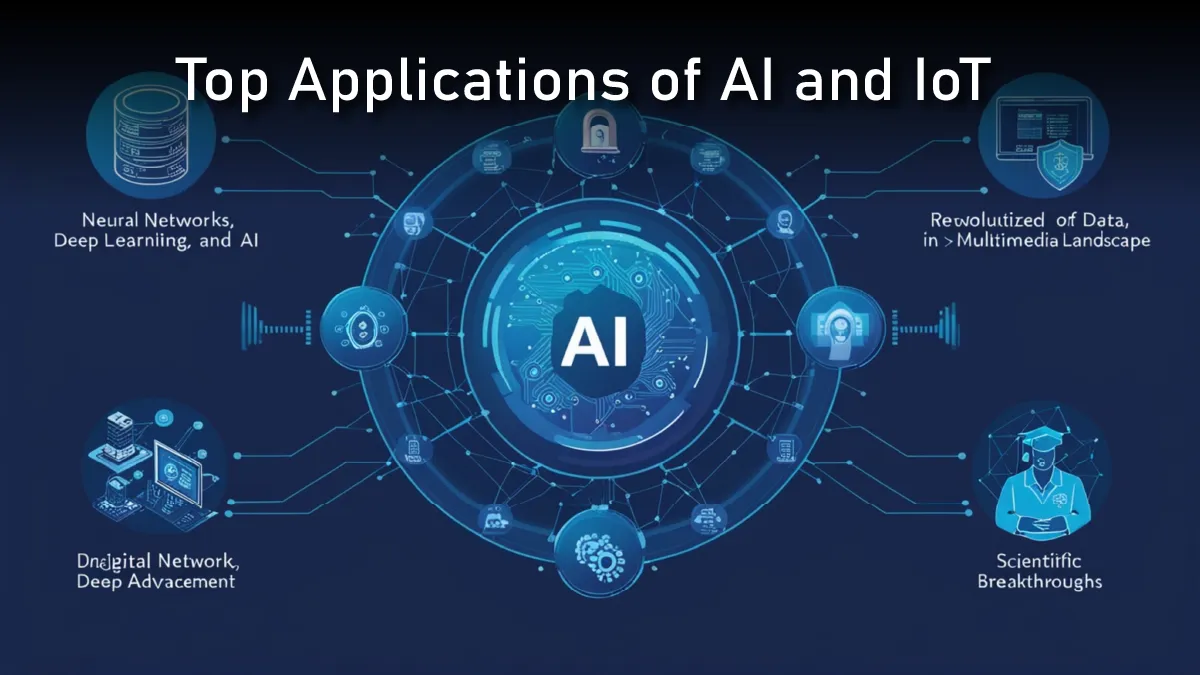
The combination of AI and IoT is known as the Artificial Intelligence of Things (AIoT). These technologies are revolutionizing industries by offering innovative solutions to everyday challenges. Here are some of the most impactful use cases:
● Industrial IoT
Following are the applications of the integrating AI and ML in Industrial IoT:
1. Supply Chain Management
Combining AI with IoT enhances supply chain operations. Combining these offers real-time visibility of resources. AI-driven analytics helps companies respond quickly to changes. Enterprises are well-positioned to manage demand fluctuations, minimize stockouts, and optimize inventory.
2. Process Optimization
AIoT can also streamline manufacturing processes. By analyzing data from the production floor, AI helps optimize quality control and reduce waste. It improves overall efficiency and transforms how industries operate.
3. Predictive Maintenance
Predictive maintenance uses IoT sensors to monitor equipment conditions. These machines monitor conditions such as temperature and vibration. AI then analyzes this data to foresee failures. This allows businesses to maintain equipment on time, reducing downtime and saving money.
● Healthcare Innovations
Machine learning has already made a significant impact in healthcare by saving lives. When combined with IoT devices, it enables powerful applications like remote patient monitoring. This integration offers real-time insights into patients’ health. It allows healthcare providers to offer more responsive and personalized care based on evolving data.
1. Emergency Response
AIoT systems can detect critical health issues like heart attacks or seizures. Once the system detects them, it sends alerts to medical professionals instantly. AI prioritizes these alerts based on severity, ensuring that patients receive timely care.
2. Chronic Disease Management
Wearable devices collect health data, like heart rate and glucose levels. AI then processes this information to detect anomalies. It helps patients manage chronic conditions more effectively through data-driven insights.
3. Remote Patient Monitoring
The coherence of these technologies has transformed healthcare with remote patient monitoring. IoT devices track vital signs in the patient’s health in real time. AI analyzes the data and gives personalized care recommendations. This drastically improves patient outcomes.
● Smart Cities
Artificial Intelligence and Machine Learning are key to making cities smart. Smart sensors and connected devices gather information. Meanwhile, AI processes and manages this data.
1. Waste Management
IoT-enabled waste bins are equipped with sensors. These sensors can monitor fill levels and optimize collection routes. AI further enhances this process by analyzing data to reduce operational costs. It also helps minimize environmental impact. Furthermore, AI and IoT make city waste management efforts smarter and more efficient.
2. Public Safety
AI and IoT are revolutionizing public safety in smart cities. AI-powered surveillance systems analyze video feeds from connected cameras. They help detect unusual activities and send instant alerts to authorities. This proactive approach enhances urban safety and security.
3. Traffic Management
Smart traffic systems use these technologies to monitor and optimize traffic flow. They reduce congestion and emissions. With AI-enabled traffic lights, cities can adjust signal timings dynamically. This technique can improve transportation efficiency, resulting in smoother commutes.
● Environmental Monitoring
Smart environmental sensors play a crucial role in addressing environmental challenges. They offer real-time insights into natural ecosystems. These sensors help monitor changes in the environment. AIoT enables more effective responses and solutions to preserve and protect our planet.
1. Wildlife Conservation
AIoT supports wildlife conservation by tracking animal movements. AIoT tools detect threats in natural habitats. This data-driven approach aids in developing effective strategies for species protection.
2. Disaster Management
AIoT systems play a crucial role in disaster preparedness. They monitor environmental conditions like temperature, humidity, and seismic activity. These insights enable early warning systems and proactive responses to natural disasters.
3. Air and Water Quality
AI and IoT work together to monitor pollution levels in real time. AI analyzes data on air and water quality. It helps identify pollution sources and assess their impact on the environment.
● Precision Farming
Data collected from IoT devices is driving valuable insights into precision farming. Data analytics helps to optimize crop production and resource management. Farmers can make more informed decisions by combining AI with IoT. It leads to more efficient and sustainable agricultural practices. Let’s dive deeper into how AI and IoT are transforming the farming sector.
1. Livestock Management
AIoT technology helps farmers monitor livestock health and behavior. AI algorithms analyze this data to identify early signs of illness. Such data also helps optimize feeding schedules and improve overall animal welfare.
2. Crop Monitoring
In agriculture, IoT sensors track soil moisture, temperature, and nutrient levels. AI processes this data in real time, guiding farmers on optimal irrigation. This data can be used for fertilization and pest control. As a result of these strategic efforts, farmers can enhance crop yields.
● Renewable Energy Integration
The energy industry is a key area where technology excels. AI along with IoT, is driving innovation and delivering cost savings for organizations. By leveraging advanced solutions, the sector is becoming more efficient and sustainable. These technologies are capable of meeting evolving energy demands.
1. Smart Grids
AI helps manage smart grids by analyzing data on energy production and distribution. It optimizes grid operations and creates a balance between supply and demand. These AI-powered tools reduce energy losses, driving greater efficiency in the energy sector.
2. Energy Management
AI-driven analytics optimize energy consumption by monitoring usage patterns and suggesting energy-saving measures. This approach not only reduces costs but also promotes sustainability in energy consumption.
Peeping into the Future of AI and IoT
The integration of AI and IoT is transforming industries by unlocking remarkable benefits.
IoT projects increasingly depend on AI capabilities. They rely on sensor networks and vast datasets to deliver insights. At the heart of IoT ecosystems lies the crucial role of data. The emergence of the Internet of Robotic Things (IoRT) is another innovation born from blending AI with IoT. IoRT is pushing the boundaries of what is possible.
Bringing AI into IoT applications has opened new doors. It is responsible for making advancements in automation and asset tracking. Labor-intensive sectors are moving toward autonomous work environments with minimal human involvement. This strategic shift is driving up demand for AI-driven, context-aware systems.
Artificial intelligence and IoT are among the most transformative technologies in today’s tech landscape. It is essential for enterprise decision-makers to understand how these technologies can complement each other. Their integration holds the potential to significantly boost operational efficiency and productivity. It will also offer significant cost savings and pave the way for smarter business strategies.


